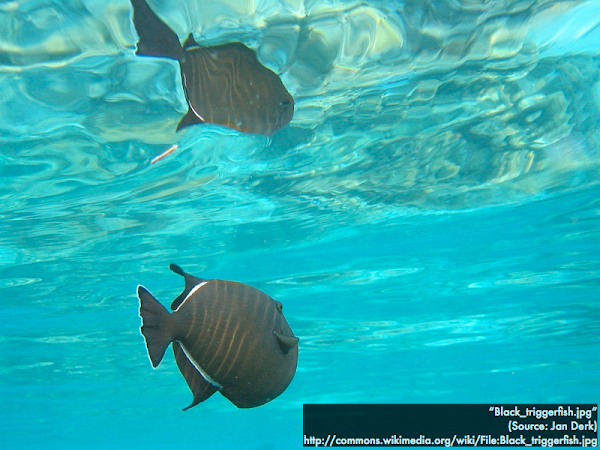Cuesta College, San Luis Obispo, CA
Students have a bi-weekly online reading assignment (hosted by SurveyMonkey.com), where they answer questions based on reading their textbook, material covered in previous lectures, opinion questions, and/or asking (anonymous) questions or making (anonymous) comments. Full credit is given for completing the online reading assignment before next week's lecture, regardless if whether their answers are correct/incorrect. Selected results/questions/comments are addressed by the instructor at the start of the following lecture.
The following questions were asked on reading textbook chapters and previewing presentations on total internal reflection and polarization.

Selected/edited responses are given below.
Describe what you understand from the assigned textbook reading or presentation preview. Your description (2-3 sentences) should specifically demonstrate your level of understanding.
"As the angle of incidence increases, so does the angle of refraction. I also understand that when the angle of incidence exceeds the critical angle there is no refracted light (saw this in lab), resulting in total internal reflection."
"Total reflection was the reason why we couldn't solve one of the problems on the in-class worksheet. In our case the refraction from water to air went past the critical angle which meant that the light was only reflected back into the water. "
"I understand why we received a 'domain error' when calculating the transmitted light ray from the previous class' worksheet. This was due to total internal reflection, which meant that no light was transmitted into the lower refractive index material, but instead only reflected back into the higher refractive index material. TIR occurs when the incident is greater than the critical angle."
"Total internal reflection is when light is in a higher refraction material index making n1 higher, and slower for light to move through. If the incident angle is greater then the critical angle, it is reflected back into the higher index material."
"I really understood and actually kind of enjoyed reading about total internal reflection. It was interesting to see how many aspects of life the concept applies to, including diamonds and optical fibers in the medical field. The critical angle was also a part of the reading that I was able to comprehend and even complete some problems on."
"Fiber optics is a demonstration of total internal reflection that we use in our every day lives. Light is shone through a fiber and reflects with little loss of light all the way to the other end. Fiber optics is used in computers, cable and much more to transmit data at high speeds."
"Light can also be transmitted vertically or horizontally by an antennae, which is a polarized light source, where the receiving antennae should be positioned the same as the transmitting one."
"Radio waves transmitted from vertical antennas release vertical radio waves--which are read by accepting vertical antennas. The same goes for horizontal radio waves and antennas."
Describe what you found confusing from the assigned textbook reading or presentation preview. Your description (2-3 sentences) should specifically identify the concept(s) that you do not understand.
"I found it confusing how it is helpful to know about the critical angle. As well, I didn't understand when you know there is a critical angle. Is it just when you use Snell's law and the equation can't be solved?"
"I'm confused about how optic fibers work in an endoscope."
"Optic fibers--does it contain mirrors to reflect light? I was confused as why the light does not simply escape through the sides of the object."
"Polarization. Basic review and explanation is needed."
"I do not understand polarized light waves and how they work. If they use transverse waves, then it can move in multiple directions. have a hard time imagining what a vertical antenna does."
If the incident angle of a light ray is less than the critical angle, the light ray will be:
reflected. [0] transmitted. *************** [16] (Both of the above choices.) ************ [12] (Neither of the above choices.) [0] (Unsure/guessing/lost/help!) *** [3]
If the incident angle of a light ray is greater than the critical angle, the light ray will be:
reflected. *************************** [27] transmitted. [0] (Both of the above choices.) [0] (Neither of the above choices.) * [1] (Unsure/guessing/lost/help!) *** [3]
Total internal reflection is possible when a light ray in a __________ medium hits a boundary with a __________ medium.
faster; slower. ********** [10] slower; faster. ************************ [14] (Both of the above choices.) [0] (Unsure/guessing/lost/help!) ******* [7]

horizontally. [0] vertically. *************************** [27] (Both of the above choices.) * [1] (Neither of the above choices.) [0] (Unsure/guessing/lost/help!) *** [3]

horizontal. ************************** [26] vertical. [0] (Both of the above choices.) * [1] (Neither of the above choices.) [0] (Unsure/guessing/lost/help!) **** [4]
Ask the instructor an anonymous question, or make a comment. Selected questions/comments may be discussed in class.
"Is total internal reflection what is happening when Snell's law cannot be calculated in our calculators and it gives an 'error' reading?" (Yes.)
"May we review when to use Snell's law from Monday versus the law of reflection from today's reading (critical angles)?"
"Why does total internal reflection only occur when light moves from slower to faster medium?"
"Can you please recap on polarized light/antennas? Thank you!"
"I would like to go over the different symbols and how to use them."
"Cool but challenging."
"So far the topics for this semester seem very independent and that they don't really build on each other?"
No comments:
Post a Comment